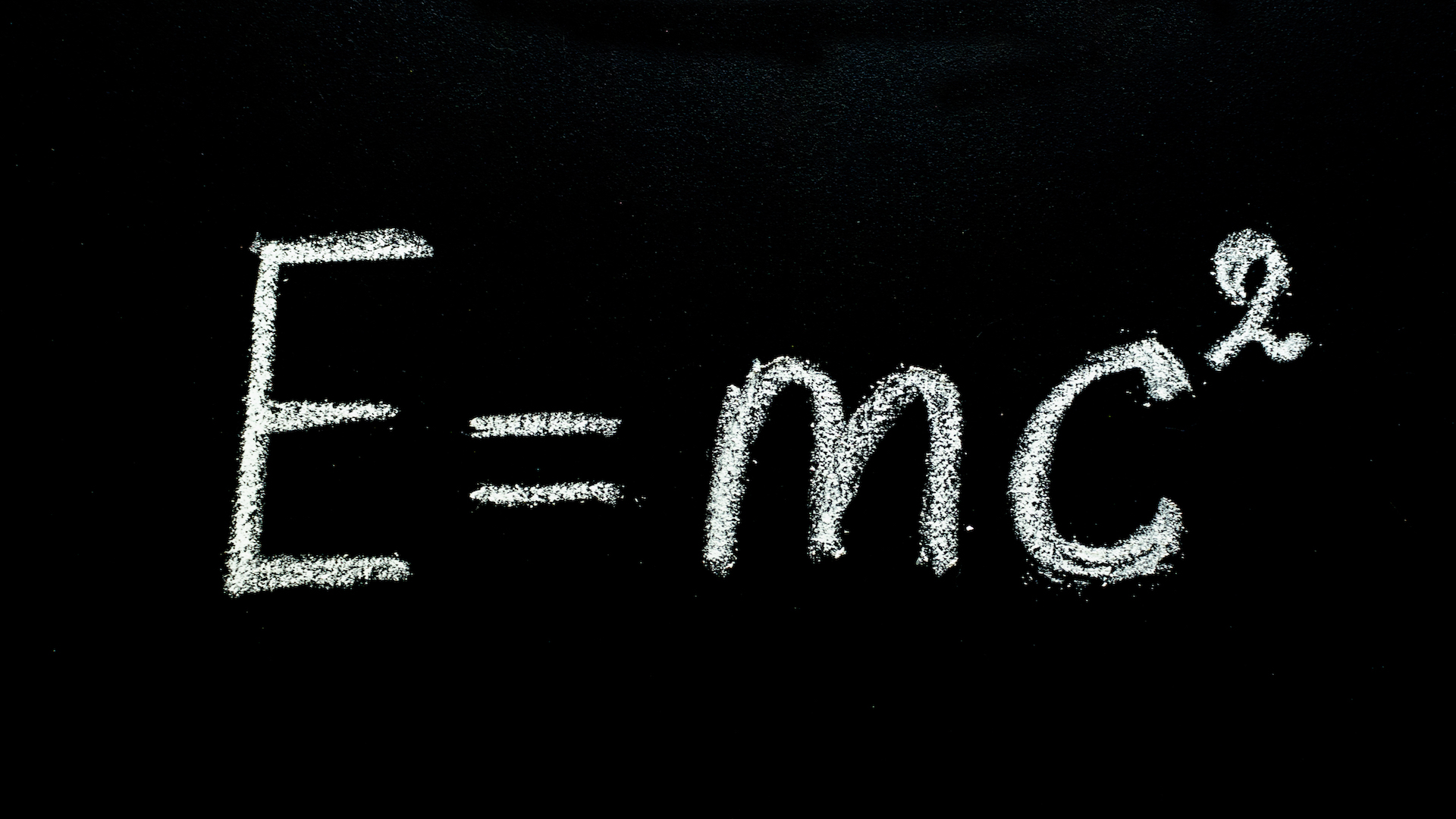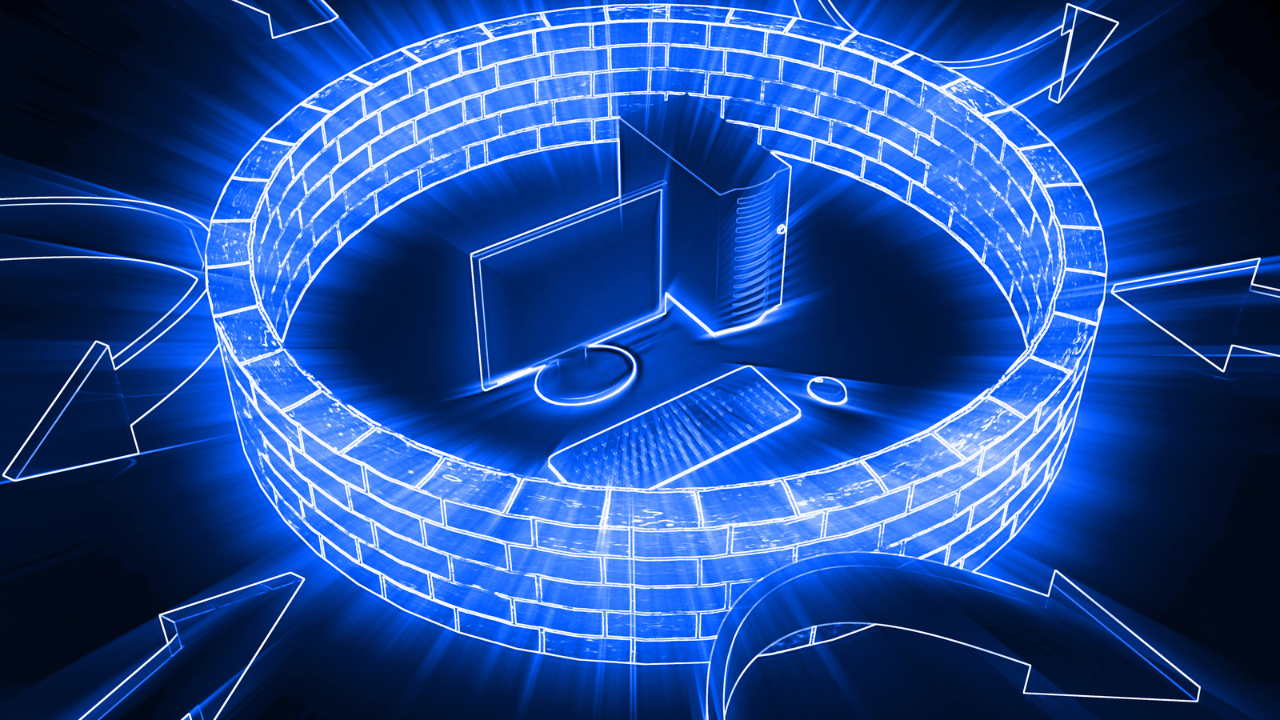In a world where technology evolves faster than we can imagine, the dark side of artificial intelligence is becoming increasingly apparent. Amanda Aguilar, a professional in the media industry, recently experienced a chilling encounter with deepfake technology that left her shocked and unnerved. This is her story—a cautionary tale highlighting the dangers of deepfakes, how they are created, and expert advice on detecting them.
A Shocking Discovery
Amanda Aguilar’s ordeal began with a seemingly innocuous revelation. A friend informed her that someone had created a fake Facebook page using her Instagram photos. At first, she dismissed it as a common scam. But then she learned the truth—her videos had been used to create deepfakes.
Aguilar, who had shared personal moments on Instagram, was horrified to see a video that looked and sounded like her but wasn’t real. The video was a deepfake, created by a scammer using advanced AI tools. "For someone to go out of their way and make a deepfake of me is just like, what? I knew deepfakes were a thing; I just never thought I'd be a victim of one," Aguilar said, reflecting on her unsettling experience.
The Scam Unfolds
The scammer’s plan was sinister but meticulously executed. Using Aguilar’s real Instagram videos, they crafted an AI-generated persona to catfish unsuspecting individuals. The scam came to light when John Pulido, a viewer who believed he was interacting with the real Aguilar, grew suspicious.
Pulido had been chatting with the fake profile for weeks. His doubts arose when the impersonator began asking invasive questions, such as how much money he made. To allay his concerns, the scammer sent him deepfake videos that mimicked Aguilar’s voice and appearance with eerie accuracy.
“I was like, ‘Oh my God. This is her,’” Pulido recounted. “It was pretty scary because of how good it was. It was so convincing.”
Realizing something was amiss, Pulido contacted a mutual friend who confirmed that Aguilar was not behind the messages. “Just be careful if it just sounds too good to be true, like a celebrity reaching out to you,” he warned.
The Emotional Toll
For Aguilar, the experience was deeply unsettling. The idea that her identity could be co-opted so easily left her shaken. “Someone can take my video and put it out in the public and, you know, say something that maybe I didn't say or do something that I didn't do, and that is scary,” she said.
This incident serves as a wake-up call for anyone who shares personal content online. The potential for misuse has grown exponentially with the advent of AI-driven tools capable of replicating human likenesses with astonishing precision.
The Rise of Deepfake Attacks
Deepfake technology, once a novelty, is now a serious concern. Vijay Balasubramaniyan, CEO of the digital security company Pindrop, described a staggering rise in deepfake-related scams. “We’re seeing a 1,400% explosion in the amount of deepfake attacks,” he revealed.
Balasubramaniyan’s company has developed software to detect deepfakes by analyzing subtle imperfections in the files. “For example, when you say, ‘Hello, Paul,’ your mouth opens and closes at a certain speed because you’re human. Machines don’t adhere to these natural timings,” he explained.
Unfortunately, there is little individuals can do to prevent their publicly shared content from being misused. Balasubramaniyan emphasized that the responsibility lies with social media platforms to implement tools that can identify AI-generated content.
Adapting to the Threat
In light of her experience, Aguilar has vowed to be more selective about what she shares online. “I’ll be a little more picky,” she admitted, acknowledging the need for greater caution in an increasingly digital world.
However, the incident also raises broader questions about online privacy and the responsibilities of tech companies. As AI continues to advance, it’s clear that stronger safeguards are necessary to protect individuals from identity theft and exploitation.
Expert Tips for Detecting Deepfakes
Detecting deepfakes can be challenging, but experts like Balasubramaniyan offer practical advice.
1. Insist on Live Video Calls
If you’re unsure whether someone is who they claim to be, ask for a live video call through platforms like Zoom or FaceTime. Pre-recorded videos are easier for scammers to manipulate, while live interactions add complexity that AI often struggles to replicate.
2. Watch for Unnatural Pauses
Machines generating deepfakes can have difficulty mimicking the natural flow of human speech. Look for odd pauses or timing inconsistencies as the person speaks—these could be signs of AI manipulation.
3. Ask for Complex Gestures
Request the person to wave their hand in front of their face. This introduces an additional layer of difficulty for AI, often resulting in distorted visuals or errors, such as extra fingers appearing in the video.
The Bigger Picture
Aguilar’s story underscores the need for greater awareness of the dangers posed by deepfakes. While technology offers countless benefits, its misuse can have devastating consequences. From personal identity theft to financial scams, the implications of AI-generated content are far-reaching.
The responsibility for addressing these threats doesn’t rest solely on individuals. Social media platforms and tech companies must step up, developing and implementing robust tools to detect and flag AI-generated content. At the same time, users must exercise caution, being mindful of the potential risks of sharing personal information online.
A Cautionary Tale
Aguilar’s experience serves as a powerful reminder of how vulnerable we all are in the digital age. Deepfake technology is no longer a futuristic concept—it’s a present-day reality with profound implications. Staying informed, vigilant, and proactive is essential to navigating this new landscape safely.
As the lines between real and artificial continue to blur, the importance of trust and authenticity cannot be overstated. Whether it’s verifying the identity of an online contact or questioning the source of a suspicious video, taking the time to scrutinize what we see and hear is more critical than ever.
By sharing her story, Amanda Aguilar has highlighted a pressing issue that affects us all. Her courage in speaking out is a step toward greater awareness and understanding of the challenges posed by deepfake technology. Let her experience be a lesson—and a warning—as we navigate an increasingly complex digital world.





















0 Comments